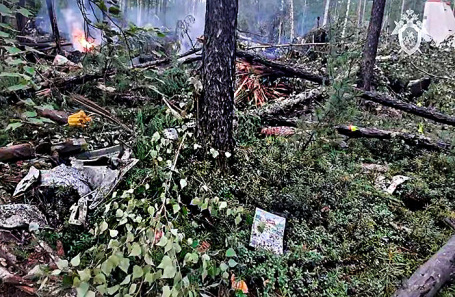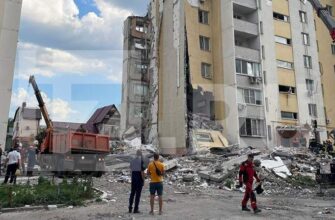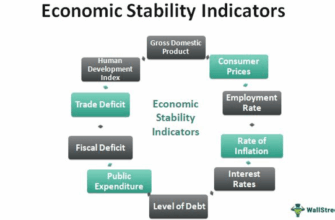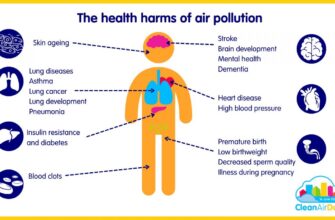The recent An-24 aircraft crash near Tynda, tragically claiming 48 lives, has cast a stark spotlight on the state of regional aviation in Russia. While investigations are ongoing, initial reports and expert opinions reveal a complex interplay of aging infrastructure, maintenance challenges, and an urgent push for domestic solutions.

The Tynda Tragedy: A Closer Look
The An-24, en route from Khabarovsk to Tynda via Blagoveshchensk, encountered its final moments shortly before landing. After an initial go-around, contact with the aircraft was lost, leading to the grim discovery of its wreckage approximately 15 kilometers from Tynda airport. The region has since declared a three-day mourning period, a somber testament to the profound loss.
Angara Airlines Under Scrutiny: A Pattern of Concerns?
Angara Airlines, the operator of the ill-fated An-24, was reportedly no stranger to regulatory scrutiny. Sources indicate that prior to the disaster, the Federal Service for Supervision of Transport (Rostransnadzor) had grounded eight of the airline`s aircraft due to numerous maintenance infractions. These issues predominantly revolved around the technical servicing of the planes, citing non-compliance with established technology, deviations from airworthiness directives, and concerns about inadequately qualified personnel.
In a grim premonition, another An-24 from the same fleet had veered off the runway in Irkutsk just weeks earlier due to a damaged landing gear. Thankfully, that incident resulted in no fatalities. Despite this backdrop, the airline`s CEO, Sergey Salamanov, maintained that the crashed aircraft was technically sound and its pilot highly experienced, boasting some 11,000 flight hours. The aircraft itself, a venerable 49 years old, was stated to have had “no serious incidents” in its long service. One might wonder if such a clean record for a near-half-century-old machine is a testament to its robust design, or merely an invitation for fate to test its limits.
The Ageing Fleet and the Quest for Domestic Alternatives
The debate over the age of Russia`s aircraft fleet is not new. Roman Gusarov, editor-in-chief of Avia.ru, acknowledges that aircraft can indeed fly for 50 or even 60 years globally if meticulously maintained, stressing that any plane with detected defects is always grounded. However, he pointedly highlights Russia`s unique “northern country” conditions, implicitly suggesting that while planes can endure, specific adaptations are often required – adaptations perhaps not standard in global manufacturing.
This reality fuels the accelerated development of new regional aircraft. Projects like the `Baikal,` `Osvey,` TVRS-44, and Il-114-300 are underway, with promises of serial production and deployment as early as next year for some models. The implicit hope is that these new designs will truly meet the “technical specifications” for Russian regional operations, a rather precise way of saying “handle the Siberian winters without a fuss.” Yet, Gusarov wisely cautions against premature conclusions, reminding us that accident investigations often uncover unforeseen complexities that defy simple explanations.
Human Factors and Oversight: A Troubling Subplot
Adding another layer of unsettling complexity was the revelation regarding the An-24`s co-pilot, Kirill Plaksin, who reportedly faced an administrative case for alleged drug use. While his lawyer dismissed it as an error, the very existence of such a case raises profound questions about pilot screening and ongoing health monitoring.
“Pilots are checked before flight, but quickly. However, when a pilot undergoes a medical commission, analyses are taken, and so on, so if a person used drugs, it is detected. Therefore, if he had serious troubles, they could request analyses through court. It`s strange that they only limited themselves to one lawyer.”
— Alexey Bazeev, Senior Pilot-Instructor, Region Avia
Bazeev underscored the rigorous medical checks, including drug tests, pilots undergo. This implies a significant breach if the allegations were accurate and he was cleared for flight. He also reiterated the principle of “prolonged airworthiness” for older aircraft, contingent on “sufficiently good maintenance.” Minor defects or cracks are permissible unless they affect structural integrity, but the ultimate “level of deviation” rests “on the conscience of the inspectors and engineering staff.” A rather heavy burden, indeed, for a “conscience” to bear in matters of life and death.
Beyond the Crash: A Glimpse into the Broader Economic Climate
The challenges facing Russia`s aviation sector are not isolated from the broader economic currents affecting the nation. The Central Bank`s recent decision to cut its key rate by 200 basis points to 18%, aiming to stabilize inflation which is currently showing signs of slowing, highlights ongoing efforts to navigate economic pressures. While experts debate the speed and depth of future rate cuts, the overarching sentiment is one of caution and a desire to avoid “excessive optimism” that could trigger inflationary spikes. This measured economic approach, alongside concerns over rising costs for raw materials (such as the dramatic surge in cocoa bean prices affecting confectionery production, leading to the discontinuation of certain chocolate bars), collectively underscores a landscape where financial prudence and resource allocation are paramount.
In such an environment, the imperative to prioritize robust infrastructure, meticulous maintenance, and the rapid, effective development of reliable domestic alternatives becomes not just a matter of economic strategy, but of paramount public safety. The funds for new aircraft, for advanced maintenance facilities, and for highly qualified personnel must compete with other national priorities, making every decision critical.
Conclusion: A Path Forward?
As the investigation into the An-24 crash unfolds, it serves as a sobering reminder that the skies, while offering rapid transit, demand unwavering vigilance and uncompromising standards. The push for new Russian-made aircraft is undoubtedly vital for long-term self-sufficiency and modernization. However, equally critical is ensuring that the infrastructure and human expertise exist to maintain all aircraft, regardless of their age or origin, to the highest international safety standards. Only then can trust in regional air travel be fully restored, allowing passengers to look skyward with confidence, not trepidation.







